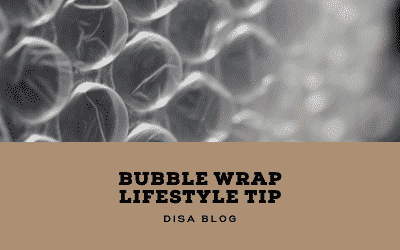Why it is that we are now seeing an explosion of IVDD, particularly over recent times? As we already know, IVDD has a strong genetic (chondrodystrophy short-legs) and heritable (runs in families) aspect. The fact that Dachshunds are a short-legged breed remains the biggest causal factor in IVDD because the discs in the spine calcify at a much younger age than in normal-legged breeds of dogs. Unfortunately, just because your dog is fit and in good body condition does not guarantee that it will avoid back problems.
So it begs the question, why are some dogs affected by IVDD, and others continue living pain-free throughout their lives even with mineralisation present in the spine?
Let’s look outside the square and explore some of the environmental & lifestyle factors that may also contribute to the progression of IVDD or at least reduce the risk of your dog being affected by a back problem.
- Keep your Dachshund fit, not fat. Read more
- Adopt a mixed regime of on and off-lead exercise.
- Increase the amount of exercise you give your Dachshund as it grows from a puppy to an adult.
- Feed a well-balanced diet, appropriate to your Dachshund’s life stage.
- Ask your vet to check if your Dachshund has an ideal Body Condition Score.
- Allow your Dachshund to mature fully before considering neutering (unless there is a strong health reason to do this before 12 months). Neutering Research
- Adopt a 4 paws on the floor policy. Read more
- Avoid slippery floors. Read more
- Keep your hound’s nails at a safe length Read more
- Walking across soft sand or the dunes is a recipe for disaster. Read more
Remember, your Dachshund is a dog and needs to enjoy life as a dog. Over-protecting it and “bubble wrapping it” to try to avoid a back problem will be no fun for you or your dog (even after an IVDD episode). The best advice is to keep your dachshund fit and healthy, of good body condition and wherever possible, avoid activities that have direct compressive forces on the spine.

